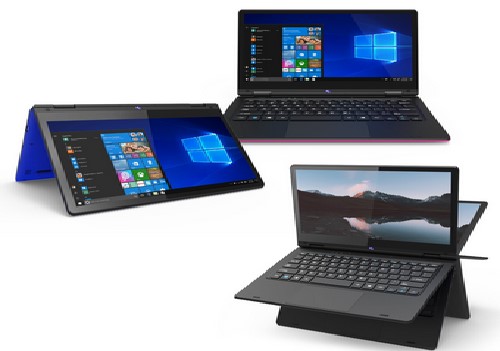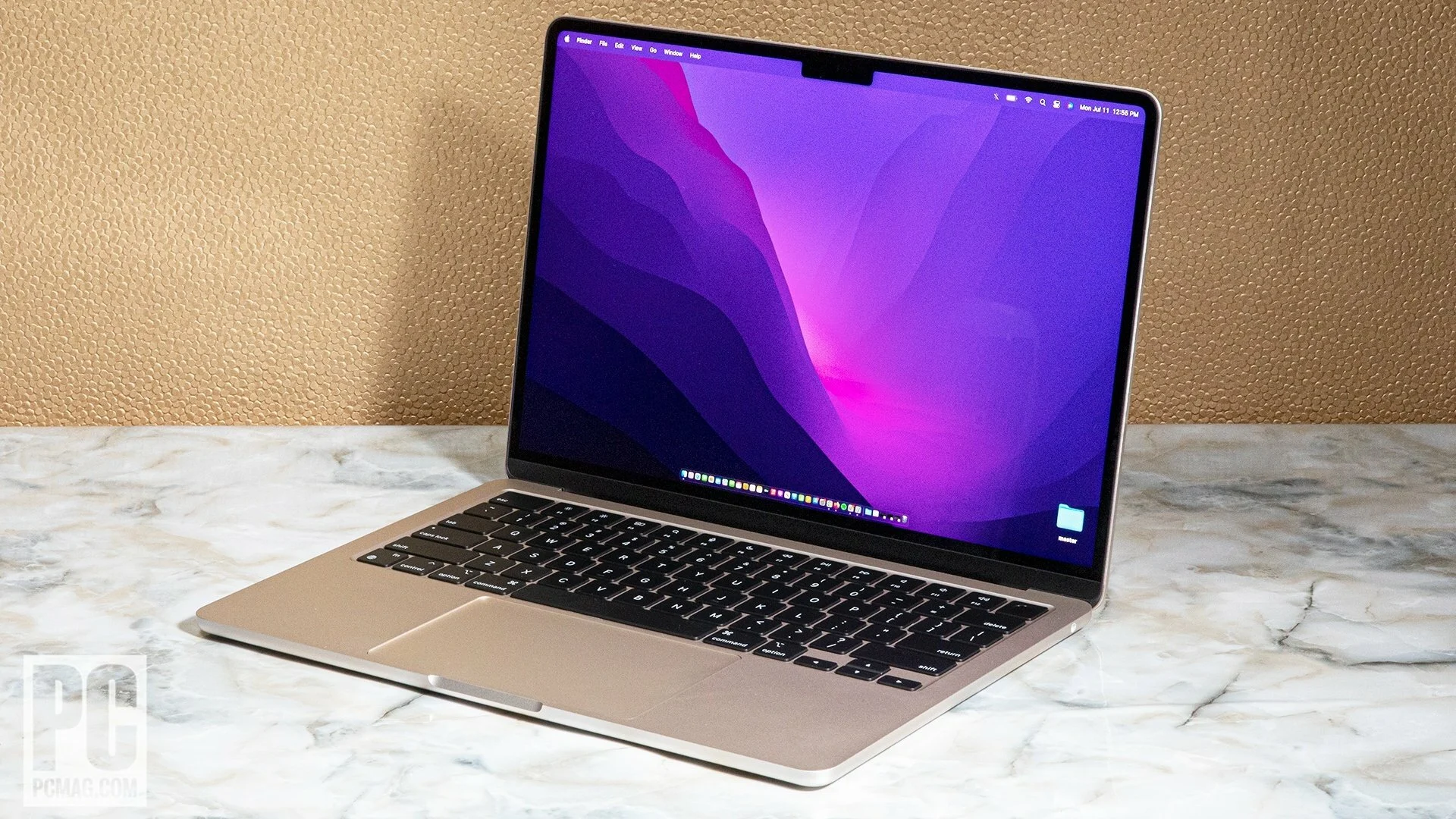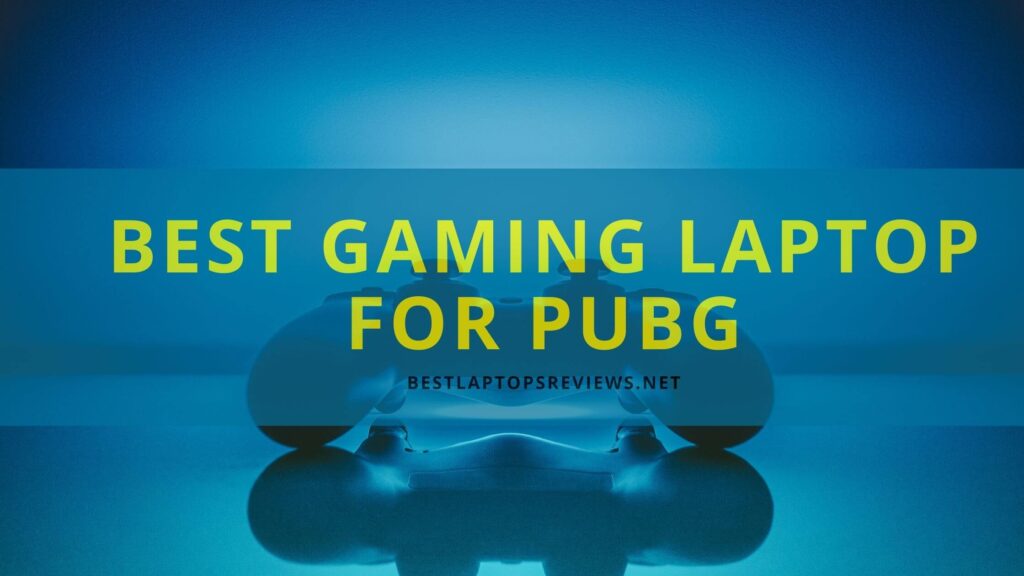In recent years, the computing landscape has witnessed a dramatic transformation. Touch screen laptops have surged in popularity, revolutionizing the way we interact with our devices. Gone are the days of relying solely on a keyboard and mouse; touch screens have taken center stage. In this comprehensive guide, we’ll explore the evolution of touch screen laptops, their advantages, and present some of the best options available today.

The Rise of Touch Screen Technology
The concept of touch screen technology dates back to the early 1960s when engineers began experimenting with capacitive touch sensors. However, it wasn’t until the 21st century that touch screens gained mainstream recognition. Pioneered by smartphones and tablets, touch technology made its way to laptops in the mid-2000s.
Advantages of Touch Screen Laptops
- Intuitive Interaction: One of the primary advantages of touch screen laptops is the intuitive interaction they offer. You can tap, swipe, and pinch to navigate, making it easier to perform various tasks.
- Versatility: Touch screens enhance the versatility of laptops. You can use them in traditional laptop mode, fold them into a tablet, or set them up in tent mode for presentations and media consumption.
- Enhanced Productivity: Graphic designers, artists, and professionals benefit from the precision of a stylus on a touch screen. It’s an ideal platform for creative tasks.
- Improved Accessibility: Touch screens make computers more accessible for individuals with disabilities. Features like on-screen keyboards and gesture controls assist those with mobility issues.
Top Touch Screen Laptops
- Dell XPS 13: The Dell XPS 13 offers a stunning InfinityEdge display with touch capability. It combines sleek design, powerful performance, and a responsive touch screen.
- HP Spectre x360: This 2-in-1 laptop boasts a vibrant touch screen and 360-degree hinge, allowing you to use it as a laptop, tablet, or in tent mode. It’s known for its premium build quality.
- Microsoft Surface Laptop: As expected from Microsoft, the Surface Laptop offers an exceptional touch experience. It’s perfect for Windows enthusiasts who value a high-quality touch screen.
- Lenovo Yoga C940: The Yoga C940 features a brilliant 4K touch screen, a flexible hinge, and impressive audio quality, making it an excellent choice for multimedia enthusiasts.
- Asus ZenBook Flip S: If you’re looking for a lightweight and portable touch screen laptop, the ZenBook Flip S is a standout option. It combines elegance with functionality.
- Acer Chromebook Spin 13: Chromebooks are not to be left out. The Chromebook Spin 13 offers a responsive touch screen, exceptional battery life, and the simplicity of Chrome OS.
- Apple MacBook Air with M1: Apple’s transition to ARM-based processors brought the MacBook Air into the touch screen era. While macOS isn’t touch-optimized, the MacBook Air’s hardware is top-notch.
Choosing the Right Touch Screen Laptop
When selecting a touch screen laptop, consider the following factors:
- Operating System: Decide between Windows, macOS, or Chrome OS based on your preferences and needs.
- Size and Weight: Choose a laptop that suits your portability requirements. Larger screens are great for productivity, while smaller ones are more portable.
- Performance: Assess your performance needs. Some touch screen laptops are designed for everyday tasks, while others are powerful enough for gaming and professional use.
- Battery Life: Longer battery life is essential for on-the-go users. Consider a laptop with all-day battery performance.
- Stylus Support: If you need precise input, ensure the laptop supports an active stylus.
The Role of Touch Screen Laptops in Education
Touch screen laptops have had a significant impact on the education sector. With the rise of remote learning and digital classrooms, touch screens provide an engaging way for students to interact with educational content. Teachers and students can use touch gestures for presentations, drawings, and collaborative work. This technology has revolutionized the learning experience, making it more interactive and accessible. Many educational software applications are now touch-optimized, enhancing the effectiveness of touch screen laptops in education.
Challenges of Touch Screen Laptops
While touch screen laptops offer numerous benefits, they also come with certain challenges. One common issue is screen smudging, where fingerprints and oil from your fingers can accumulate on the display. This can affect visibility and require regular cleaning. Additionally, touch laptops tend to be more expensive than their non-touch counterparts. The touch screen itself adds to the cost of manufacturing. Another consideration is battery life; touch screen laptops may consume slightly more power due to the touch-sensitive layer. However, advancements in battery technology have mitigated this issue to a great extent.
Future Innovations in Touch Screen Technology
The future of touch laptops is brimming with exciting possibilities. Manufacturers are exploring innovations such as foldable displays and haptic feedback to further enhance user experiences. Foldable laptops can transform from a traditional laptop into a tablet-like device, offering a versatile computing solution. Haptic feedback aims to simulate tactile sensations when interacting with the screen, making it feel like you’re pressing physical buttons. These advancements will redefine how we use touch screen laptops, opening up new avenues for creativity, productivity, and entertainment. Stay tuned for a future where touch screens are more immersive and functional than ever before.
The Future of Touch Screen Laptops
As technology continues to advance, touch screens are expected to become even more integral to our daily lives. With improved touch sensitivity, better stylus support, and software optimization, the future of touch screen laptops is promising.
In conclusion, touch screen laptops have come a long way, providing users with a more intuitive and versatile computing experience. With numerous options available, finding the best touch screen laptop to suit your needs has never been easier. Whether you’re a creative professional, a student, or a business user, there’s a touch screen laptop out there to enhance your digital life.




